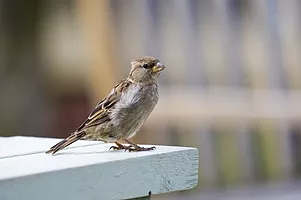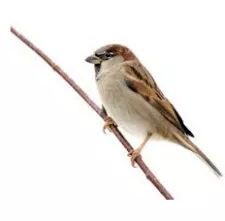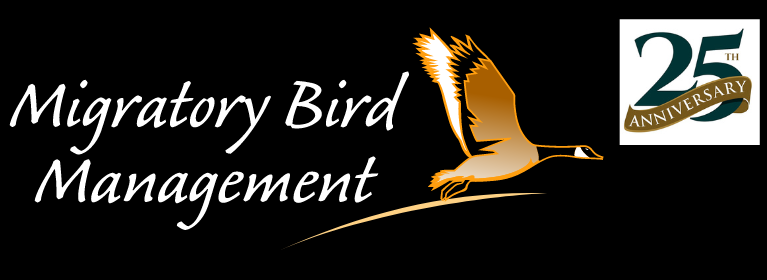

APPEARANCE
Short, stocky birds with thick bills. Backs are brown with black streaks. Both sexes have a grayish/buff breast without stripes and a short tail. Males will also have a black v shaped bib on the breast under the beak, gray-ish brown feathers with a white horizontal bar on the wing, and gray on the top of the head with chestnut below. Females are a dull gray with a light streak at and behind the eye, and yellow at the base of the beak. (source: http://www.sialis.org/hosp.htm)
BEHAVIOR
Aggressive, tough, and adaptable. May evict native birds from nests in rural areas.
DIET
Forages on ground, sometimes perching on weed stalks to reach seeds. Adaptable, can come to bird feeders, or take bugs from grills of cars although main diet is seeds (grass or weed). In urban areas, will eat crumbs left by people.
HABITAT
Cities, towns, farms (always by manmade structure). Invasive species.
NESTING
Often breeds in small colonies, pairs will defend a nest, chasing away all intruders. Nest is usually in a small enclosed area, such as holes in buildings, rain gutters, birdhouses, etc. Usually 3-6 eggs/clutch, sometimes more or less. Both parents will care for/feed nestlings. 2-3 broods per pair, per year.
MIGRATION
Permanent residents of areas throughout North America with no migration pattern.
ISSUES CAUSED BY HOUSE SPARROWS:
Will kill native birds such as blue birds and displace from nests. http://www.sialis.org/hosp.htm
Very noisy, disruptive to home owners
Can prevent use of stove/dryer/fan vents due to packing of nesting material
Can enter indoor areas like stores, warehouses, food courts where droppings and nesting materials are disruptive
- Fire hazard if nest materials get into machinery
- Can damage insulation materials in these buildings
HOW TO MANAGE ISSUES WITH HOUSE SPARROWS:
Exclude sparrows from vents
- Covers
- Netting
- Hardware cloth
- If nestlings are present, make an alternate nest as close to the previous as possible and move the nestlings, watching to ensure the return of the parents
- Strip doors
- Curtains
If nest is found without young, remove nesting material and cover/exclude birds.
Promptly clean any food from ground outside of restaurants/businesses
In buildings, bird proof obvious entrances
If birds are inside, use nets/live traps to catch and release outdoors
Sources: The Audubon Society, Cornell Lab of Ornithology bird guide, Humane Society of the United States, Internet Center for Wildlife Damage Management, Nest Watch


